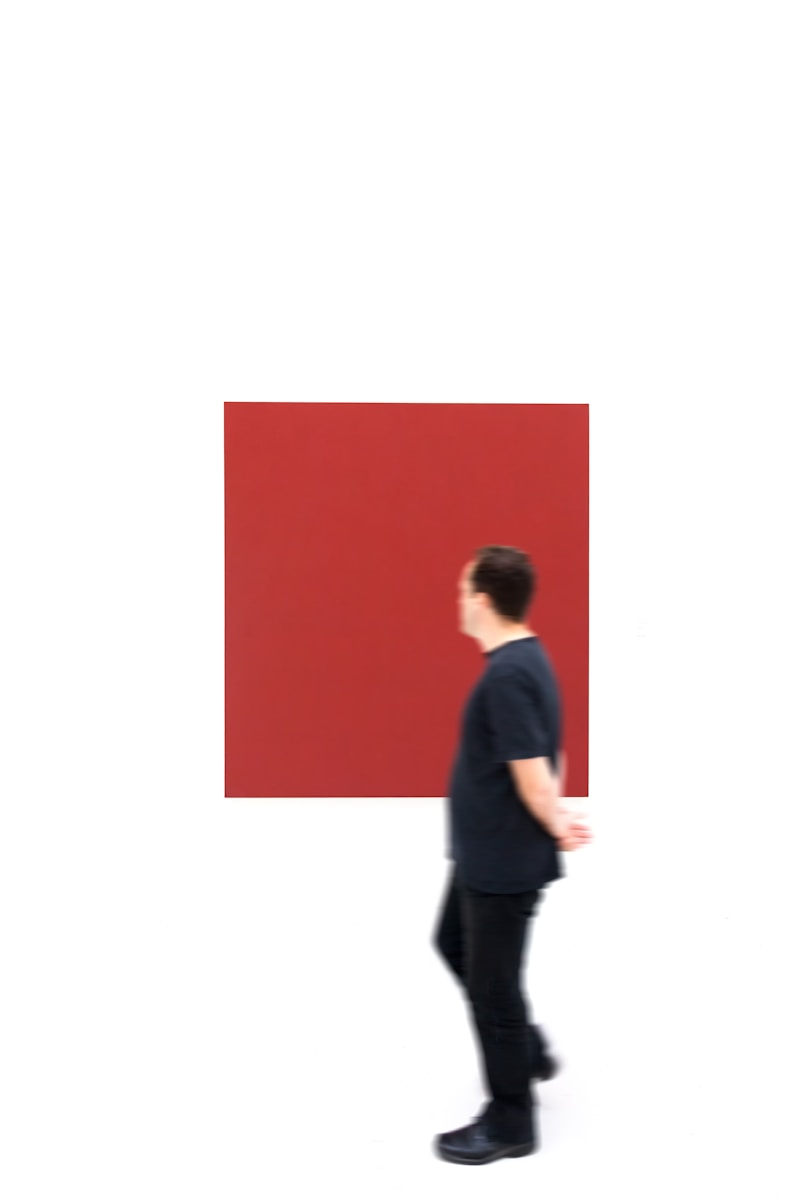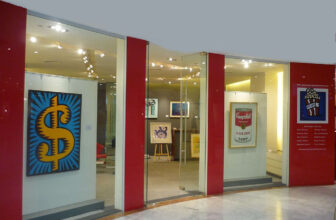
What Type of Art Is the Best Investment?
Investing in art has long been considered a prestigious and potentially lucrative endeavor. Beyond its aesthetic appeal, art holds the promise of financial appreciation and diversification for investors. However, not all art is created equal in terms of investment potential. For those considering adding art to their portfolio, understanding the types of art that make the best investments is essential.
In this comprehensive guide, we’ll explore the factors that determine art’s investment value, the various types of art worth considering, and tips for navigating the art market as an investor.
Factors That Determine the Investment Value of Art
Before diving into specific types of art, it’s crucial to understand what makes art valuable from an investment perspective. These factors help investors evaluate the potential returns and risks associated with a particular piece or category.
1. Provenance and Authenticity
Provenance refers to the history of ownership of a piece of art. A clear, well-documented provenance not only proves authenticity but also increases an artwork’s desirability. Art that has been exhibited in prominent galleries, museums, or collections tends to have higher investment potential.
2. Artist Reputation
The reputation of the artist plays a significant role in determining the value of their work. Established, well-known artists with a proven track record of sales tend to offer more reliable returns than emerging artists. However, works by emerging artists can offer higher growth potential if their career trajectory gains momentum.
3. Scarcity
Scarcity drives value in the art market. Limited edition prints, rare works, or unique pieces by renowned artists tend to hold their value better over time. Conversely, mass-produced works often lack long-term investment potential.
4. Cultural and Historical Significance
Art that reflects significant cultural, historical, or social moments often appreciates in value. Such pieces resonate with collectors and institutions, making them highly sought after.
5. Condition and Conservation
The physical condition of a piece is critical. Artwork in pristine condition, free from damage or signs of poor restoration, retains its value more effectively than works requiring significant conservation efforts.
6. Market Trends and Demand
Art values fluctuate based on market demand and trends. Understanding current and emerging trends can help investors identify opportunities and avoid overpaying for overhyped artists or movements.
Types of Art Worth Investing In
Now that we understand the key factors that influence art’s value, let’s explore the different categories of art that have proven to be worthwhile investments.
1. Blue-Chip Art
Blue-chip art refers to works by globally recognized, historically significant artists whose pieces are considered safe investments. Think of names like Pablo Picasso, Claude Monet, or Andy Warhol. These artists’ works are staples in the art market and often command high prices at auction.
Pros:
- Reliable long-term appreciation.
- High demand among collectors and institutions.
Cons:
- Requires significant initial investment.
- Limited accessibility for beginner investors.
2. Contemporary Art
Contemporary art includes works by living artists or those who have created in the late 20th and 21st centuries. Artists such as Banksy, Yayoi Kusama, and Jeff Koons dominate this market.
Pros:
- Opportunity to discover and invest in rising stars.
- Dynamic and reflective of current cultural movements.
Cons:
- Highly speculative.
- Volatile market trends.
3. Modern Art
Modern art encompasses works created from the late 19th century to the mid-20th century. Renowned artists like Jackson Pollock, Henri Matisse, and Salvador Dalí fall into this category.
Pros:
- Established market with significant historical value.
- Strong appeal to museums and private collectors.
Cons:
- High competition among buyers.
- Premium pricing for top-tier works.
4. Photography
Fine art photography has gained traction as a viable investment category. Works by legendary photographers like Ansel Adams, Cindy Sherman, and Andreas Gursky have fetched impressive prices at auction.
Pros:
- More affordable entry point compared to paintings.
- Growing acceptance and demand in the art market.
Cons:
- Dependent on the photographer’s reputation.
- Limited resale potential for lesser-known artists.
5. Street Art
Street art, once considered a fringe movement, has become a mainstream investment category. Iconic figures like Banksy, Shepard Fairey, and KAWS have elevated the genre to global prominence.
Pros:
- Strong appeal to younger collectors and urban audiences.
- Rapid value appreciation for top artists.
Cons:
- Risk of oversaturation and fluctuating demand.
- Challenges in authenticity and provenance.
6. Sculpture
Sculptures by renowned artists, such as Auguste Rodin or Alexander Calder, have historically performed well in the market. Contemporary sculptors like Damien Hirst and Anish Kapoor also attract significant attention.
Pros:
- Unique three-dimensional appeal.
- Strong presence in public and private collections.
Cons:
- High costs for transportation and storage.
- Limited market compared to paintings.
7. Emerging Artists
Investing in emerging artists offers high-risk, high-reward potential. By identifying talented individuals early in their careers, investors can benefit from exponential appreciation if the artist gains recognition.
Pros:
- Affordable entry point.
- Potential for significant returns.
Cons:
- Uncertain career trajectories.
- Requires extensive research and market knowledge.
Tips for Investing in Art
Navigating the art market can be complex. Here are some actionable tips to help you make informed investment decisions:
1. Do Your Research
Before investing, study the art market, learn about artists, and track auction results. Platforms like Artnet, Artsy, and Sotheby’s offer valuable insights into pricing and trends.
2. Set a Budget
Determine your investment budget and stick to it. Art investments can range from a few hundred dollars for emerging artists to millions for blue-chip works.
3. Focus on Quality, Not Quantity
It’s better to invest in a few high-quality pieces than a large collection of lesser works. Quality pieces have a higher likelihood of appreciating in value.
4. Work with Experts
Consult art advisors, gallery owners, or auction house specialists to gain professional insights. Their expertise can help you avoid pitfalls and identify promising opportunities.
5. Verify Authenticity
Always request certificates of authenticity and provenance documentation. Forged or misattributed works can be a costly mistake.
6. Diversify Your Portfolio
Just as with any investment, diversification is key. Consider a mix of blue-chip art, contemporary pieces, and works by emerging artists to spread risk.
7. Consider Storage and Insurance
Proper storage and insurance are essential to protect your investment. Temperature-controlled environments and professional handling are particularly important for delicate works.
8. Be Patient
Art investments typically require a long-term perspective. Values often appreciate over years or decades rather than months.
Emerging Trends in Art Investment
The art market is constantly evolving, influenced by cultural shifts, technological advancements, and changing consumer preferences. Here are some emerging trends to watch:
1. Digital Art and NFTs
The rise of non-fungible tokens (NFTs) has transformed the art world. Digital artists like Beeple have gained global recognition, with NFT-based works selling for millions. While the NFT market is still nascent and volatile, it offers intriguing opportunities for tech-savvy investors.
2. Sustainable and Eco-Friendly Art
As environmental consciousness grows, art made from sustainable materials or addressing ecological themes is gaining popularity. Investors are increasingly drawn to works that align with their values.
3. Increased Accessibility Through Fractional Ownership
Platforms like Masterworks allow investors to purchase fractional shares of high-value art pieces, democratizing access to the market. This trend makes blue-chip art more accessible to a broader audience.
4. Focus on Underrepresented Artists
Works by female artists, artists of color, and those from marginalized communities are experiencing a surge in demand. Supporting these artists aligns with social movements and offers potential for strong appreciation.
Investing in art is both a financial and cultural endeavor. While blue-chip art remains a safe bet, contemporary and emerging artists offer exciting opportunities for those willing to take calculated risks. Understanding the factors that influence art’s value, conducting thorough research, and seeking professional advice can help you build a diverse and rewarding art investment portfolio.
Ultimately, the best type of art investment aligns with your personal interests, financial goals, and risk tolerance. By combining passion with strategy, you can enjoy the dual rewards of aesthetic pleasure and financial gain.





